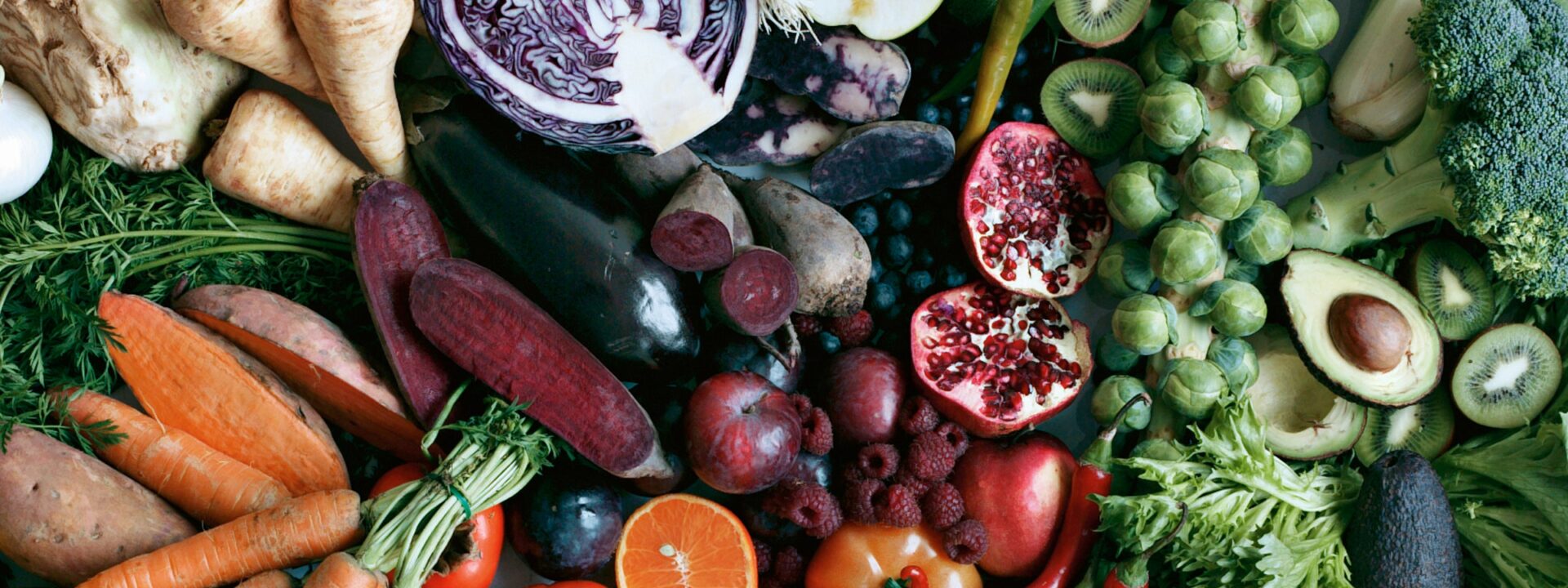Since going vegetarian five years ago, protein has become a priority for me. As someone who cares deeply about health and nutrition, I understand how crucial protein is for maintaining muscle mass (which naturally declines after age 30), regulating hunger, and supporting cell health. Neuroscientist Dr. Emilie Steinbach, an expert in neuro-nutrition with a PhD in Integrative Biology, highlights its importance in her book Votre santé Optimisée: “Proteins keep our bodies functioning—they’re vital for growth, tissue repair, and communication within our biological systems.”
Getting enough protein also enhances beauty and longevity by supporting collagen production (key for skin elasticity) and supplying amino acids that help produce keratin (the building block of strong hair and nails).
After extensive research to align my diet with both my ethical values and nutritional needs, I’ve found simple ways to hit 80 grams of protein daily as a vegetarian. Here’s how:
### Calculating My Protein Needs
The World Health Organization recommends 0.83g of protein per kilogram of body weight for healthy adults. Dr. Steinbach notes this can increase to 1.2–1.6g for muscle growth or specific needs (like athletes or pregnant women). For example, someone weighing 165lbs (~75kg) might aim for 60g daily. However, she cautions against exceeding 2g/kg to avoid excess converting to carbs and potential weight gain.
Personally, at 54kg with regular workouts, I target 80g daily (about 1.5g/kg). While my diet is mostly plant-based, I include eggs and dairy for “complete” proteins (containing all essential amino acids). Smart pairings of plant proteins make hitting my goal effortless.
### My Protein Staples
I rely on versatile, affordable combos like:
– Rice + lentils/black beans
– Hummus + whole-grain bread
– Couscous + chickpeas
Some plants pack more protein than others—I keep a list in my phone for easy shopping.
### My 4 Protein Rules
1. 30g at Breakfast: Studies show this reduces cravings later. My go-to:
– 2–3 eggs (6g each) on rye/spelt toast (5–7g) with hummus (2g) and fenugreek sprouts.
Or an omelet with chia/hemp seeds, nutritional yeast, and veggies.
2. Protein-Powered Snacks: Almonds (21g/100g) or a square of dark chocolate with peanut butter.
(Continued in original text)I can never resist dark chocolate—sometimes one piece, sometimes two or three… When I eat a banana, I like to add peanut butter (which has 25 grams of protein per 100 grams) and sometimes spread it on toasted bread with chia seeds on top. I also enjoy sheep’s yogurt, skyr, or smoothies with chia seeds or spirulina powder mixed in.
### Seeds and powders everywhere
I sprinkle seeds and powders on everything! I even carry a small glass jar with a mix of hemp seeds (30-35 grams of protein per 100 grams) and brewer’s yeast (which is surprisingly high in protein—46 grams per 100 grams). I bring it to restaurants to top my salads and even take it on vacation.
At home, my kitchen is stocked with all kinds of seeds and powders: hemp seeds, brewer’s yeast, chia seeds (20 grams of protein per 100 grams), sesame seeds (18 grams), pumpkin seeds (19 grams), and flaxseeds (18 grams). When I’m out, I add them to salads, raw veggies, soups, smoothies, and yogurt. They have a mild flavor but add a nice texture. Spirulina, which has a stronger taste, is one of the best plant-based protein sources—packing 57 grams of protein per 100 grams.
### Protein as the center of every meal
Before each meal, I think: What’s my main protein source? Tofu, kidney beans, eggs? Whatever I choose becomes the foundation for the rest of the meal. For dinner, I usually go for plant-based protein to keep it light and easy to digest.
(Product listings omitted as per request.)
